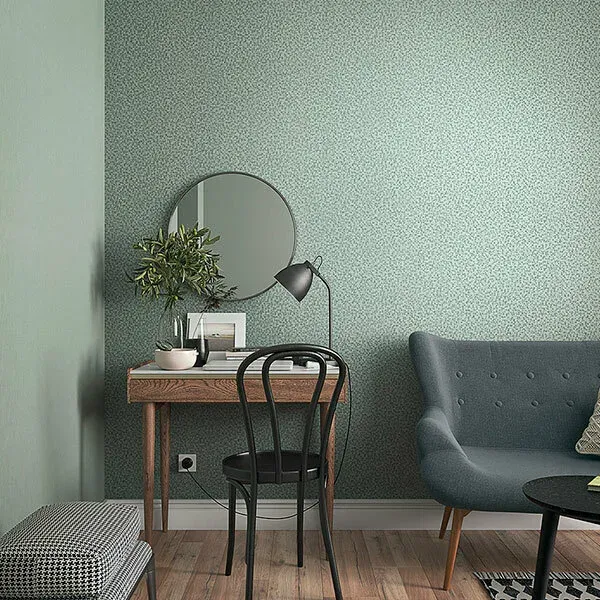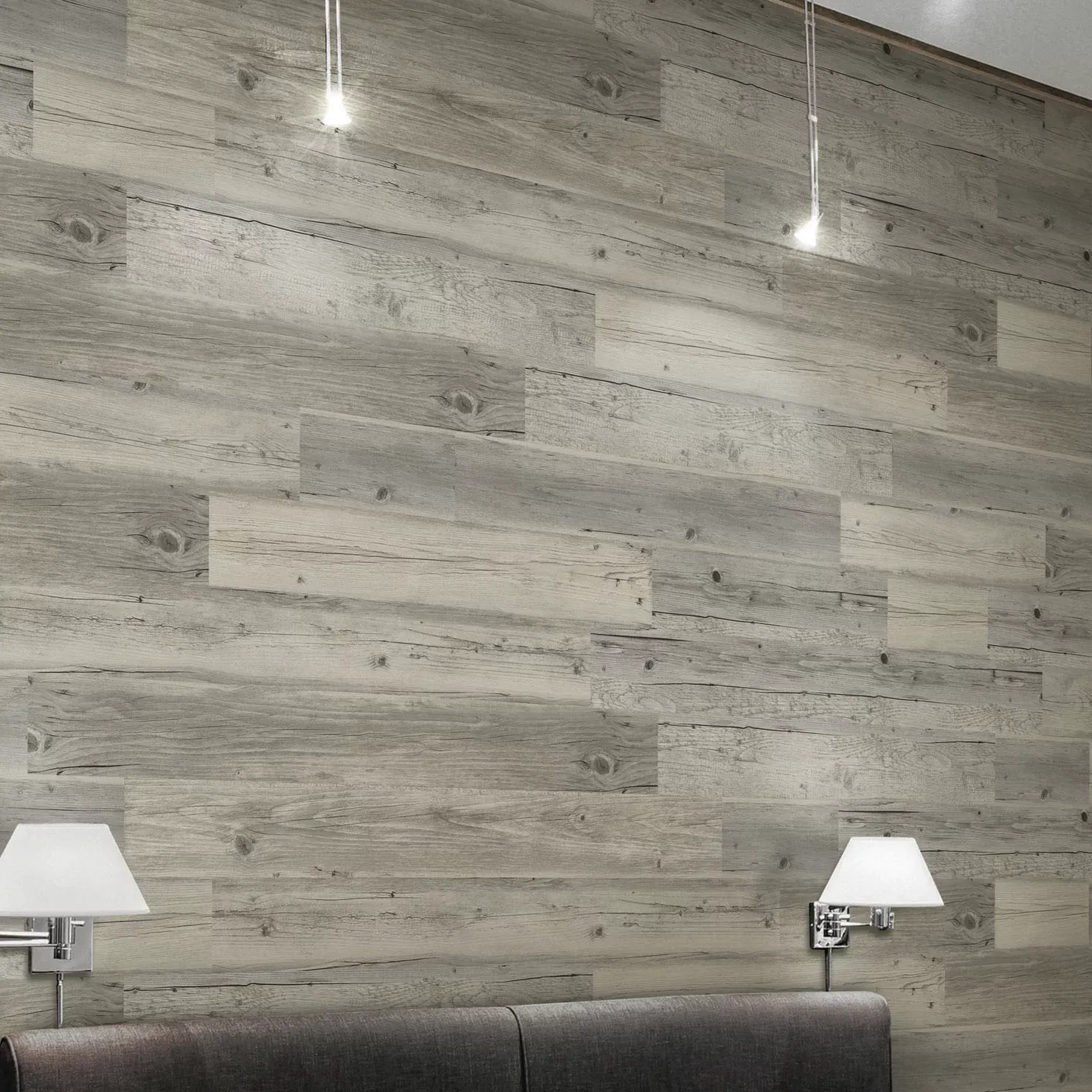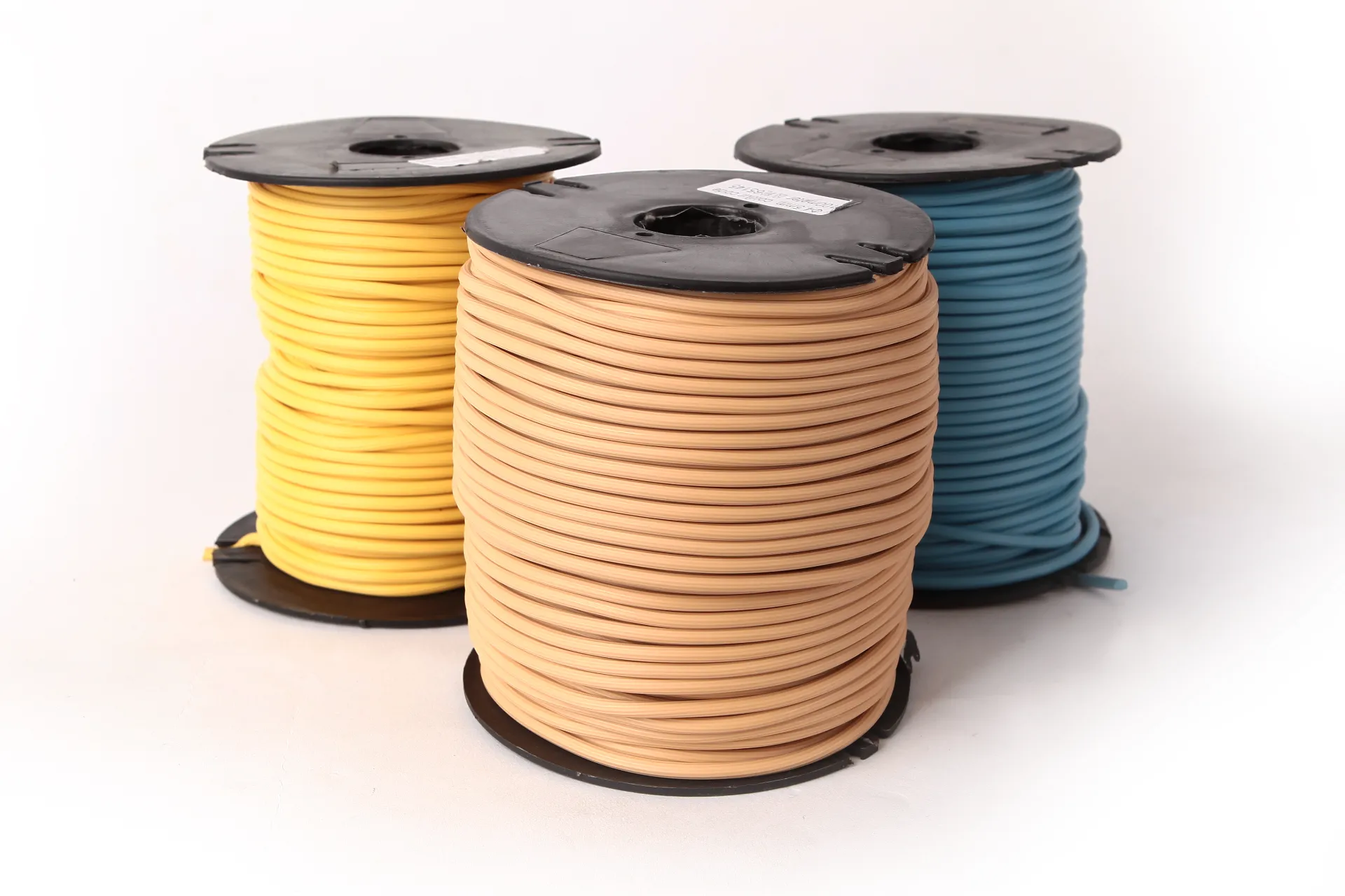
- Afrikaans
- Albanian
- Amharic
- Arabic
- Armenian
- Azerbaijani
- Basque
- Belarusian
- Bengali
- Bosnian
- Bulgarian
- Catalan
- Cebuano
- Corsican
- Croatian
- Czech
- Danish
- Dutch
- English
- Esperanto
- Estonian
- Finnish
- French
- Frisian
- Galician
- Georgian
- German
- Greek
- Gujarati
- Haitian Creole
- hausa
- hawaiian
- Hebrew
- Hindi
- Miao
- Hungarian
- Icelandic
- igbo
- Indonesian
- irish
- Italian
- Japanese
- Javanese
- Kannada
- kazakh
- Khmer
- Rwandese
- Korean
- Kurdish
- Kyrgyz
- Lao
- Latin
- Latvian
- Lithuanian
- Luxembourgish
- Macedonian
- Malgashi
- Malay
- Malayalam
- Maltese
- Maori
- Marathi
- Mongolian
- Myanmar
- Nepali
- Norwegian
- Norwegian
- Occitan
- Pashto
- Persian
- Polish
- Portuguese
- Punjabi
- Romanian
- Russian
- Samoan
- Scottish Gaelic
- Serbian
- Sesotho
- Shona
- Sindhi
- Sinhala
- Slovak
- Slovenian
- Somali
- Spanish
- Sundanese
- Swahili
- Swedish
- Tagalog
- Tajik
- Tamil
- Tatar
- Telugu
- Thai
- Turkish
- Turkmen
- Ukrainian
- Urdu
- Uighur
- Uzbek
- Vietnamese
- Welsh
- Bantu
- Yiddish
- Yoruba
- Zulu
Umthelela Wesitezi Sezentengiselwano Ekukhiqizeni Kwasehhovisi kanye Nenhlalakahle Yabasebenzi
The design and functionality of office spaces are crucial in shaping the productivity and overall well-being of employees. While factors such as lighting, layout, and ergonomic furniture often dominate workplace design conversations, the flooring choice is an equally important element that can significantly influence both productivity and employee health. From comfort to aesthetics, the right flooring material can help create a conducive working environment that supports both the physical and mental well-being of staff. Let’s explore how flooring commercial kunomthelela ekukhiqizeni kwehhovisi kanye nenhlalakahle yabasebenzi.
Ukuthuthukisa Ukunethezeka Nokunciphisa Ukukhathala Nge Commercial Flooring
Enye yezindlela eziqondile lapho i-flooring ithinta abasebenzi iwukunethezeka. Izisebenzi zivame ukuchitha amahora amaningi zihlezi noma zime emadeskini azo, ziya emihlanganweni, noma zihambahamba ehhovisi. Uhlobo lwe-flooring olusetshenziswa kulezi zindawo lungathonya indlela abazizwa bekhululekile ngayo phakathi nezinqubo zabo zansuku zonke.
Cushioned flooring such as carpet tiles or rubber flooring offers a soft surface that can reduce the strain on legs, feet, and lower backs, particularly in standing or walking-intensive roles. These types of floors also help absorb shock, minimizing fatigue and discomfort. In comparison, harder surfaces like tile or hardwood can cause more pressure on joints over time, leading to discomfort and potential health issues.

Additionally, ergonomic floor mats placed in high-traffic areas can further enhance comfort by providing additional support for standing employees. By reducing physical strain, the right flooring choices can help employees feel more comfortable and energized throughout their workday, which can improve focus and productivity.
Izinzuzo ze-Acoustic: Ukunciphisa Ukungcola Komsindo Mayelana Commercial Flooring
Amazinga omsindo ehhovisi angaba nomthelela omkhulu ekugxiliseni ingqondo, ukugxila, kanye nokwaneliseka okuphelele kwabasebenzi. Amahhovisi avulekile, ikakhulukazi, angahlushwa ukungcoliswa komsindo, lapho ukuxoxa njalo, izingcingo, nokunyakaza kudala indawo ephazamisayo. Ukukhethwa kwe-flooring kungadlala indima ebalulekile ekunciphiseni umthelela womsindo emsebenzini.
Carpeted flooring, particularly plush or thick carpets, is known for its sound-absorbing qualities. This type of flooring helps to reduce echo and minimize the transmission of noise between rooms or across workspaces. Similarly, rubber flooring can help absorb sound and dampen the noise from footsteps or machinery, making it ideal for areas like hallways, meeting rooms, or fitness spaces within an office.
Ngokunciphisa iziphazamiso zomsindo, i-flooring engenamanzi yokuhweba ingathuthukisa ikhono labasebenzi lokugxila emisebenzini ngaphandle kokuphazamiseka komsindo wendawo. Indawo ethulile ewumphumela ikhuthaza ukuxhumana okungcono, ukubambisana, nokwaneliseka komsebenzi kukonke, konke okunomthelela ekukhiqizeni okuphezulu.
Isikhalazo Sobuhle kanye Nokuziphatha Kwabasebenzi Mayelana Commercial Flooring
Umthelela obonakalayo we commercial resin flooring akufanele ithathwe kancane. Ukubeka phansi kunomthelela ebuhleni obuphelele behhovisi, kusetha ithoni yendawo futhi kube nomthelela ekuphenduleni kwabasebenzi ngokomzwelo. Ihhovisi eliklanywe kahle, elikhangayo lingakha umuzwa wokuziqhenya kanye nobunikazi, likhuthaze abasebenzi futhi lithuthukise ulwazi lwabo emsebenzini.
For example, wooden floors, with their sleek and natural appearance, can bring warmth and sophistication to an office environment. On the other hand, brightly colored floors or innovative patterned tiles can inject energy and creativity into creative spaces, sparking innovation and enthusiasm. Flooring can even be used to demarcate zones within a larger office, helping employees navigate different areas and creating a sense of order and focus.
Ihhovisi elijabulisa ngobuhle aligcini nje ngokudala isimo sokwamukela abantu kodwa futhi likhulisa isimilo nokwaneliseka komsebenzi. Lapho abasebenzi benomuzwa wokuthi indawo yabo yokusebenza iklanywe ngokucatshangelwayo, maningi amathuba okuba bazizwe bebalulekile, okungase kwandise ugqozi lwabo kanye nenhlalakahle yabo yonke.
Ukucatshangelwa Kwezempilo: Ukunciphisa Izingozi Zokushelela Nokuwa Mayelana Commercial Flooring
Impilo nokuphepha kwabasebenzi kubaluleke kakhulu kunoma yisiphi isimo sehhovisi. Ukubeka phansi kudlala indima ebalulekile ekuvimbeleni izingozi, ikakhulukazi ezindaweni ezivame ukuchitheka noma ukugcwala kwezimoto. Ezindaweni ezinjengamakhishi, izindlu zangasese, noma iminyango, ukukhetha uhlobo olufanele lwephansi kungavimbela ukulimala emsebenzini, njengokushelela nokuwa.
Anti-slip flooring materials, such as textured vinyl, rubber, or even some types of tile, are ideal for high-risk areas. These surfaces provide better traction, even when wet, reducing the likelihood of falls. In offices where employees are frequently moving between different areas, having non-slip flooring ensures that employees can walk around safely without worrying about potential hazards.
Ngaphandle kokunciphisa ingozi yokulimala ngokushesha, i-flooring efanele ingasiza futhi ukunciphisa izinkinga zezempilo zesikhathi eside. Isibonelo, ukusetshenziswa kwamacansi okulwa nokukhathala ezindaweni zokusebenza kunganciphisa ukungakhululeki futhi kunciphise ingozi yokuthuthukisa izimo ezifana nobuhlungu obuphansi emuva noma izinkinga zokujikeleza ezingavela ngenxa yokuma isikhathi eside ezindaweni eziqinile.
Umthelela Wezemvelo: Ukuthuthukisa Impilo Kahle Ngokuzinza Mayelana Commercial Flooring
As more businesses adopt sustainability initiatives, there is growing recognition of how flooring choices can contribute to environmental health as well as employee well-being. Green, eco-friendly flooring options can help create a healthier indoor environment while also aligning with the company’s values.
Sustainable flooring materials such as cork, bamboo, or recycled content carpet tiles have a lower environmental impact compared to traditional flooring products. These materials are free from harmful chemicals, which can contribute to better air quality within the office. Some flooring options even come with certifications like LEED (Leadership in Energy and Environmental Design), which ensures that they meet rigorous environmental standards.
Choosing eco-friendly flooring is not just about reducing a company’s carbon footprint; it also fosters a sense of pride among employees. Working in an office that emphasizes sustainability can boost morale and contribute to a positive, healthy work environment, ultimately benefiting both employee well-being and the company’s reputation.
-
Masking Tape: Clean Removal, Precision Lines, Pro-GradeNov.10,2025
-
Skirting: MDF, Oak & SPC | Durable, Easy-FitNov.10,2025
-
Commercial VCT Tile Flooring – Durable, Low-MaintenanceNov.10,2025
-
LVT Vinyl Floors – Waterproof, Scratch‑Resistant, Easy ClickNov.10,2025
-
Masking Tape - Pro-Grade, Clean Removal, Crisp LinesNov.10,2025
-
Premium Masking Tape - Sharp Lines, Clean RemovalNov.10,2025



